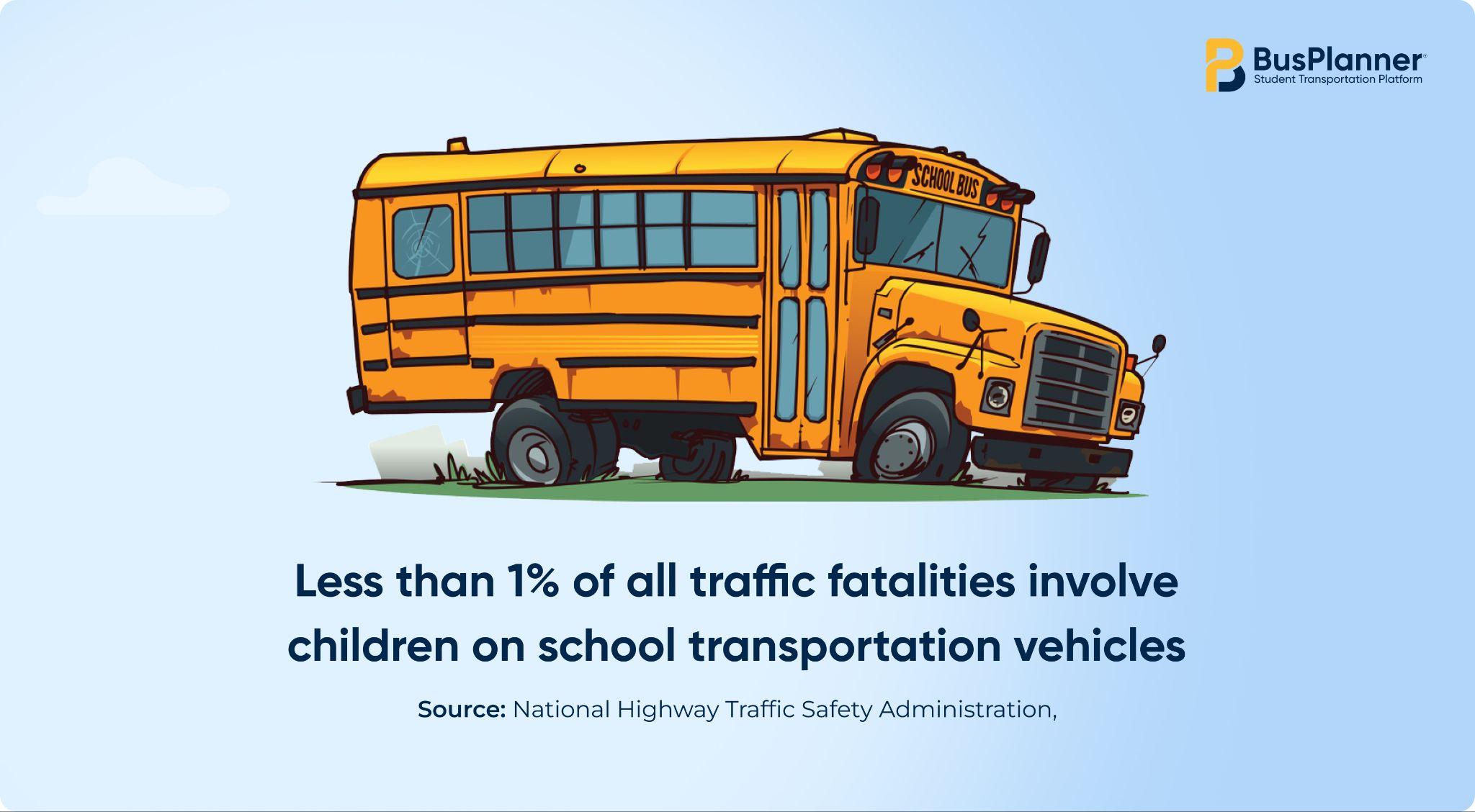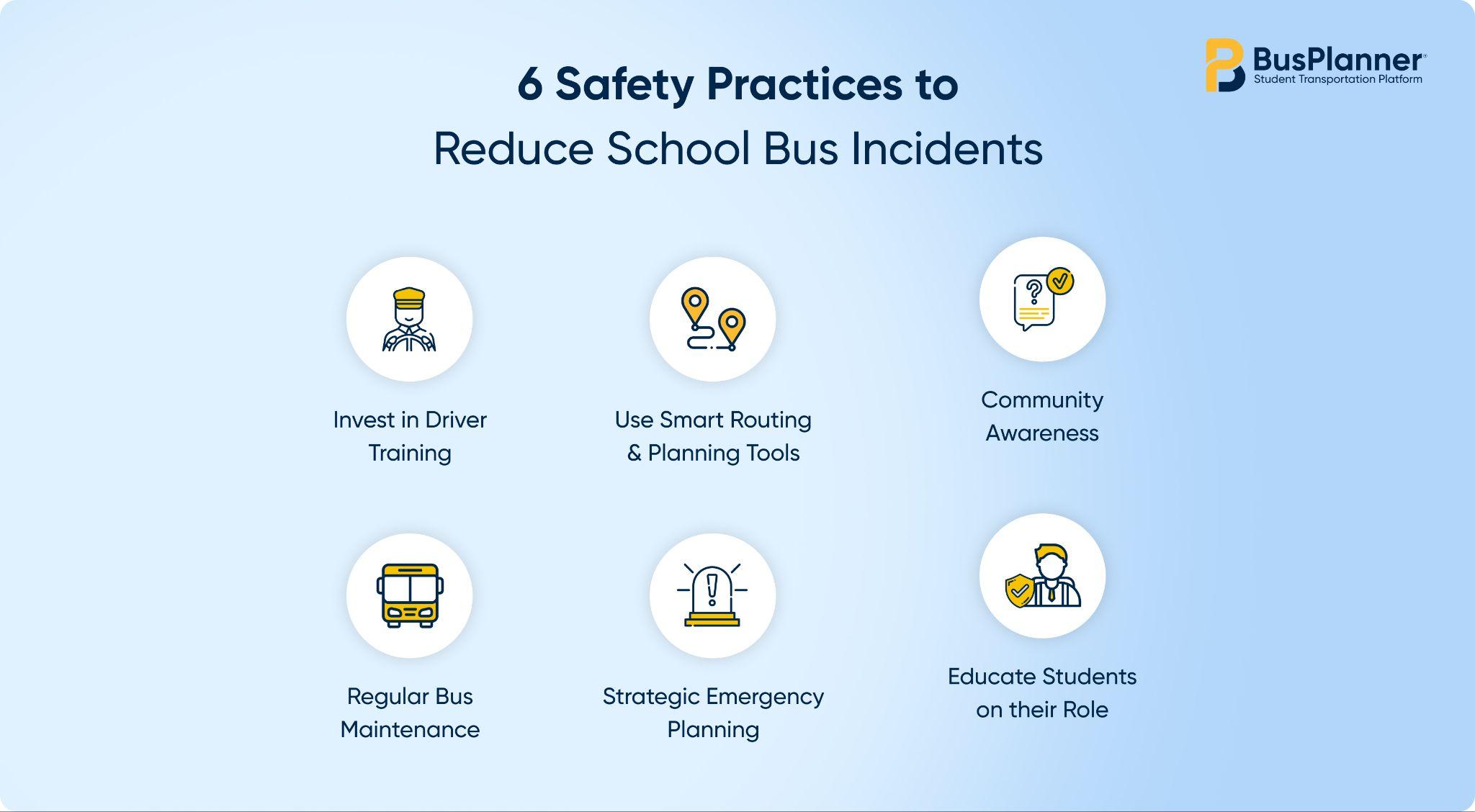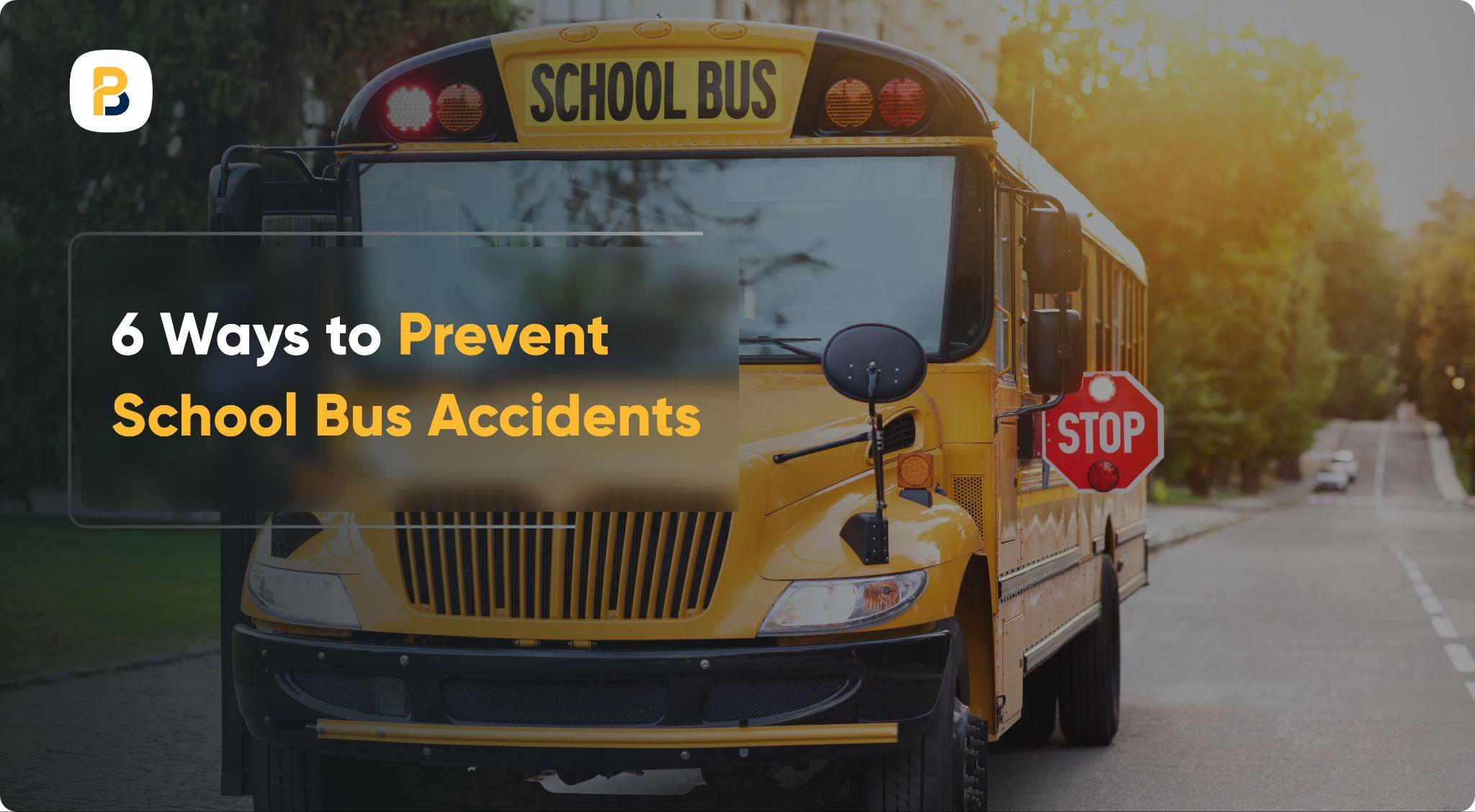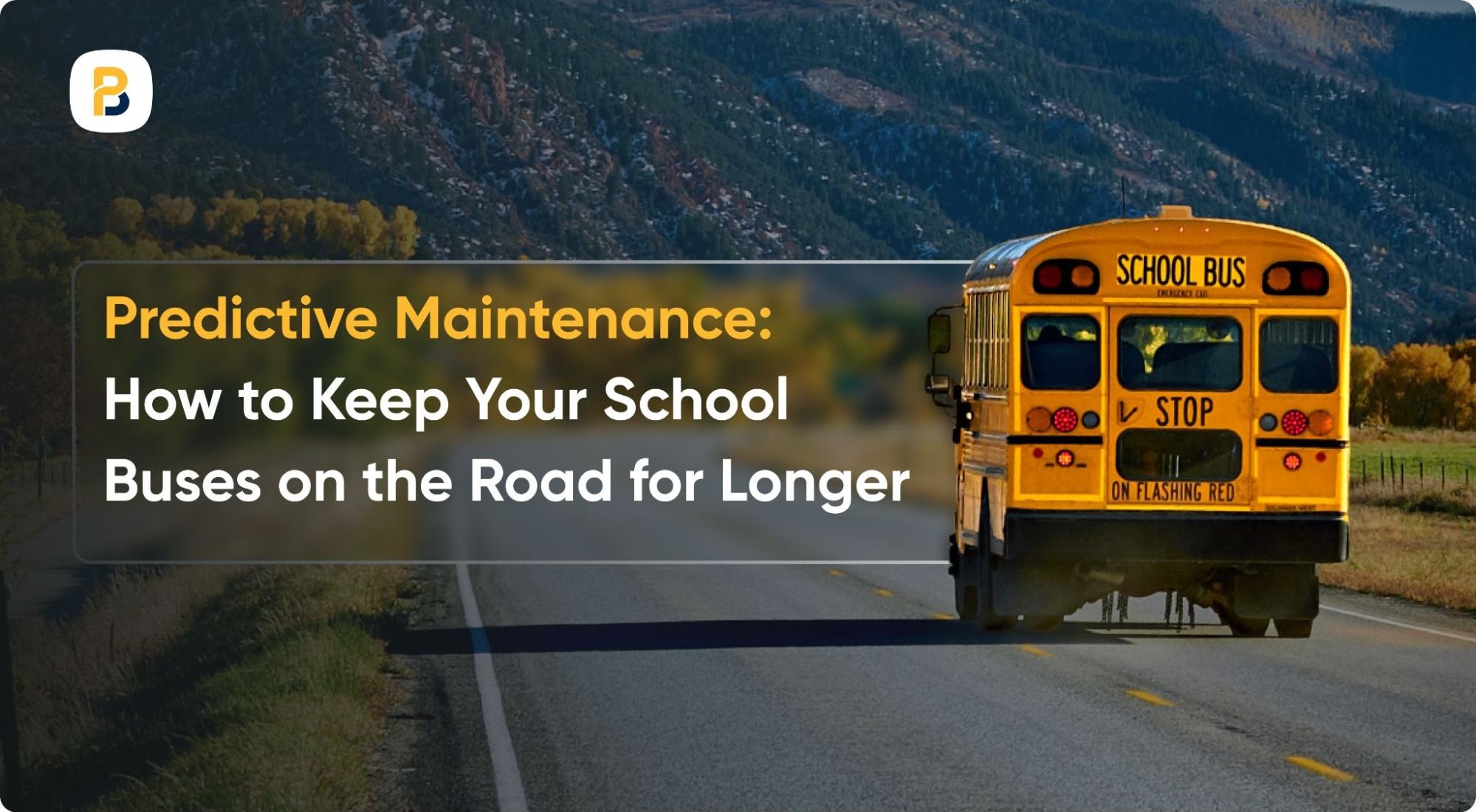Fortunately, many of these accidents are preventable with the proper training, technology, and community awareness.
Here are six key ways to enhance the safety and reliability of school bus transportation.
1. Invest in Driver Training
Safe transportation starts with a skilled driver, and districts can achieve this by focusing on targeted training.
Districts can schedule quarterly or biannual workshops, seminars, drills, and training sessions on:
- Defensive Driving: Techniques for anticipating hazards, managing blind spots, and preventing collisions.
- Emergency Response: Protocols for breakdowns, accidents, or medical emergencies.
- Student Safety & Behavior Management: Managing student conduct, safe loading/unloading, and emergency evacuations.
- First Aid & CPR: Basic training to handle any health crises until professionals arrive.
Equipping drivers with this knowledge enables the prevention of preventable incidents, ensuring safer runs and swift action in the event of any unavoidable circumstances.
2. Regular Bus Maintenance
Routine bus maintenance is a non-negotiable pillar of preventing school bus accidents. Routine checks of brakes, steering systems, tires, lights, and emergency exits can identify minor issues before they become serious hazards. School bus crash trends indicate that mechanical failures do play a role, among other factors.
Modern student transportation software enhances safety by tracking buses in real time, monitoring driver behavior, scheduling maintenance, and generating reports that help identify issues before they become hazards.
3. Educate Students on Their Role
Everyone has a role to play in creating a safe environment, and that includes students. Training students to wait at least 10 feet from the curb to avoid blind spots, teaching parents about safety zones, and ensuring that stop arms and flashing lights are always used correctly can help prevent tragic incidents. On bus protocols, such as keeping aisles and exits clear of backpacks and belongings, is also essential to avoid tripping hazards and ensure a clear path in case of emergency evacuations.
Regular safety drills, especially for younger students, can reinforce these habits until they become second nature.

4. Use Smart Routing and Planning Tools
Safe routes mean safer rides. Modern routing software identifies and mitigates risks in route planning, enabling drivers to navigate more safely and efficiently. The use of AI technology further enhances safety by automating schedules, offering real-time adjustments to prevent delays, and streamlining routes to reduce fuel consumption and lower maintenance costs.
Student transportation platforms enable districts to gain valuable insights into driver habits and provide personalized feedback that promotes safer driving practices and prevents risky behavior before it leads to an incident.
5. Strategic Emergency Planning
Being ready for emergencies is just as important as preventing accidents. Schools and drivers should have clear, well-practiced plans for situations such as accidents, fires, or severe weather evacuations. Drivers need to know exactly what to do: how to secure the bus, contact dispatch or emergency services, and guide students to safety calmly and quickly.
By making emergency planning an essential part of safety training, districts not only protect students more effectively but also build trust with families, assuring them that their children are in safe hands in any situation.
6. Community Awareness
Building community awareness is key to long-term safety. Public education campaigns, partnerships with law enforcement, and active parent involvement all promote safer behavior around school buses.
Visible signboards around school zones and neighborhoods remind drivers to stop when buses are loading or unloading students. Circulating public service announcements on local media, social platforms, and school channels can educate the community about the laws and the devastating consequences of ignoring them. Additionally, stop-arm camera programs help law enforcement identify motorists illegally passing school buses, thereby reducing the risk of unforeseen accidents.

Conclusion
Changing enrollment trends are reshaping the way districts plan and deliver student transportation. A combination of flexible strategies, student transportation software, clear communication channels, and contingency planning enables districts to adapt to shifting enrollment while maintaining safe and reliable service.
Ultimately, school bus safety is a shared responsibility, and reducing accidents requires collaboration at every level: from administrators and drivers to parents, students, and the community. Through better training, increased awareness, and more informed planning, we can make every ride safer.
The right school transportation software can make this collaboration even more effective. Optimizing routes to avoid hazardous areas, monitoring safety in real time, and improving communication across teams and families help districts reduce risks and keep students safe.
Get in touch with BusPlanner today and take the next step toward safer, smarter operations.







